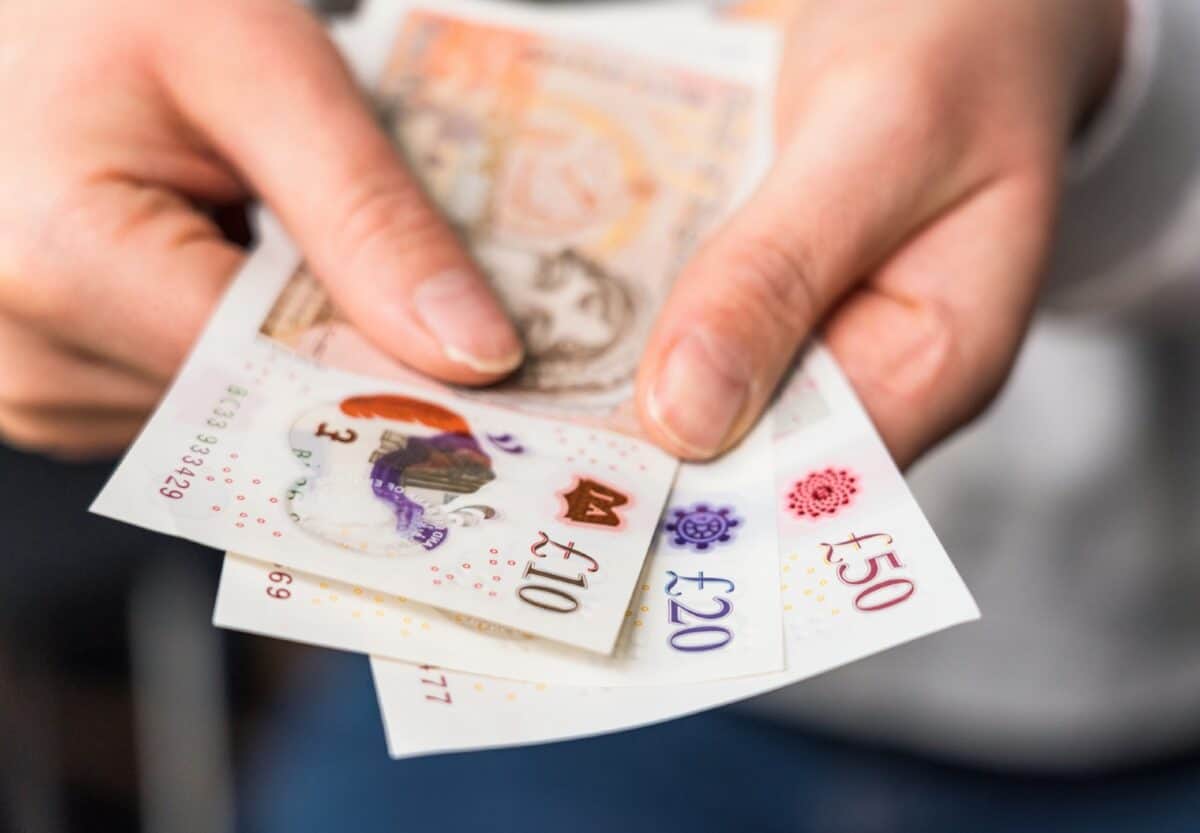There are lots of different ways to try and earn passive income.
One method I use is buying blue-chip dividend shares. Many successful companies with proven business models pay out regular dividends to their shareholders.
By investing in their shares, I (or anyone) can set up passive income streams thanks to those dividends.
Should you invest £1,000 in AstraZeneca right now?
When investing expert Mark Rogers has a stock tip, it can pay to listen. After all, the flagship Motley Fool Share Advisor newsletter he has run for nearly a decade has provided thousands of paying members with top stock recommendations from the UK and US markets. And right now, Mark thinks there are 6 standout stocks that investors should consider buying. Want to see if AstraZeneca made the list?
Starting with £3,000
How much would such a passive income plan require? The answer is: how long is a piece of string?
I could invest as much or as little as I decided to. As an example though, imagine I decided to invest £3,000.
That is enough to let me diversify across a few different shares. That way, if one of them turns out to perform worse than I hoped, the overall impact on my passive income streams will be limited.
Choosing income shares to buy
The idea of a share performing poorly may sound pessimistic, but it is a reality. Some shares do well, some do not: and it can be surprising which are which.
Still, I would try to avoid setting myself up for disappointment as much as possible. The amount of passive income I would earn from my shares would depend on the average dividend yield.
For example, a 10% yield on £3,000 ought to earn me £300 annually. A 4% yield – close to the FTSE 100 average – should earn me around £120 in passive income each year.
One mistake I would be keen to avoid would be buying a value trap. That is a share that seems cheap (maybe it has a high yield) but turns out to be worse value than it seems.
For example, a share with a high yield unsupported by business profits could see its dividend cut or cancelled suddenly. After all, no dividend is ever guaranteed until it’s paid.
So I would build my passive income by investing in great businesses at attractive prices, that I thought would be able to pay out juicy dividends for years to come.
Putting the theory into practice
As an example, consider M&G (LSE: MNG).
The asset manager has millions of customers. Its well-known brand name can help it retain them and attract more. So too can the firm’s long experience in financial markets.
That translates into sizeable cash flows for the company, which it can use to pay dividends.
At the moment, the M&G dividend yield is 10%. The business aims to maintain or grow its dividend annually and last year it did indeed boost its annual dividend.
All shares have risks – including M&G. For example, choppy economic circumstances could lead to some clients pulling money out of the firm’s funds. That could hurt profitability.
On balance though, I like the passive income potential of M&G. I own it in my portfolio.
Getting started
Identifying the right shares to buy is an activity that could turn out to be very lucrative.
But my first move would be setting up a share-dealing account or Stocks and Shares ISA.
I would put my £3,000 into that and then hunt for some passive income superstar shares to buy with it!








